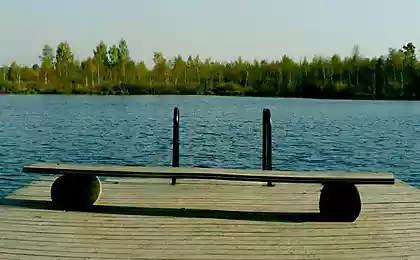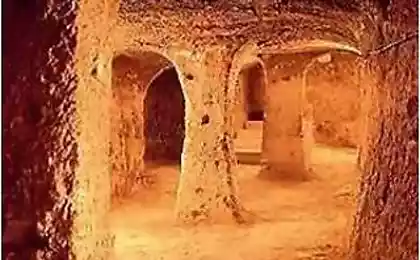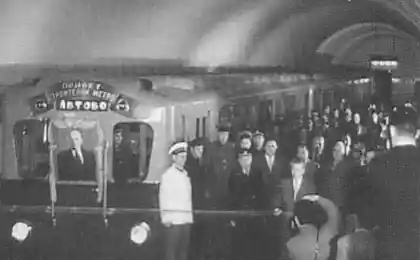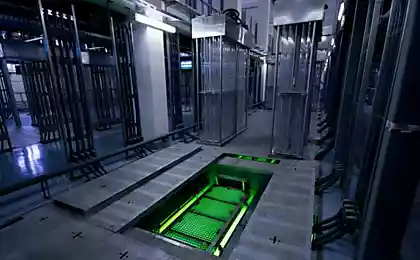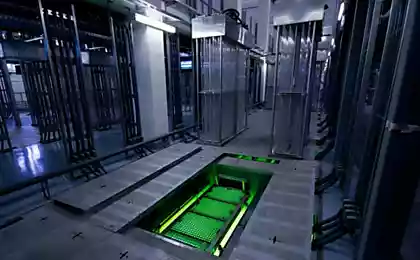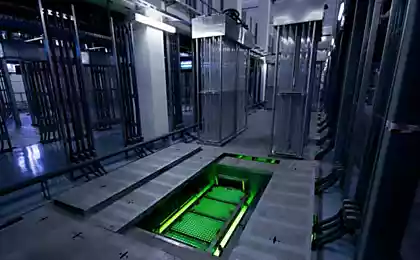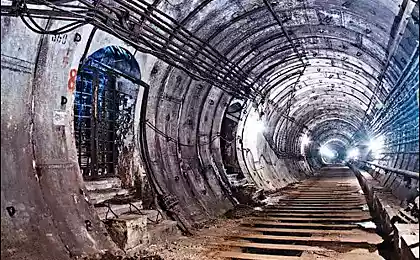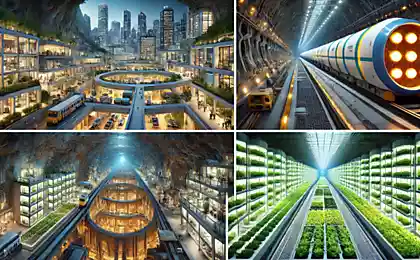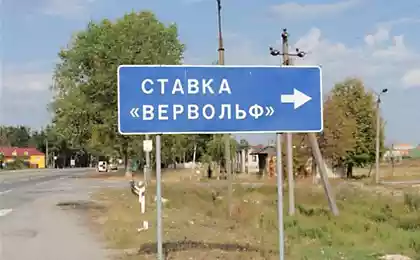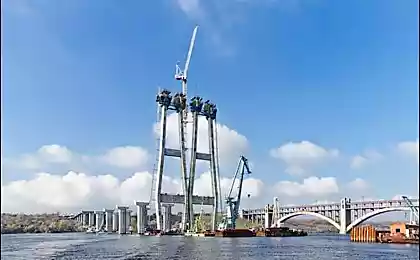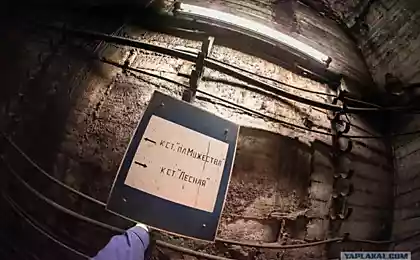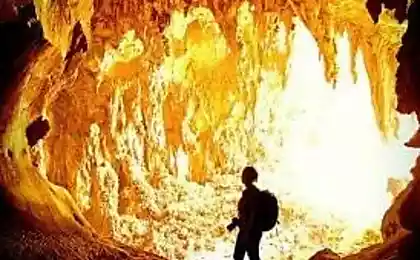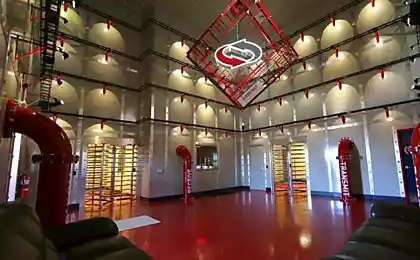1002
Underground structures
Not many guidebooks mention of these underground systems, tunnels and huge caverns, located sometimes right under our feet. Most of them were originally classified and have only recently become available to the public on probation. Some still can not be reached, and almost all difficult to investigate fully (due to the loss or confusing documentation). But what is it in comparison with a thirst for adventure sets of amateur photographers, and again descend into the unknown?
Abandoned salt mine, Romania
We'll start with the Romanian city of Cluj. The pictures were taken inside the closed Marius R. Salt Mine "Turda".

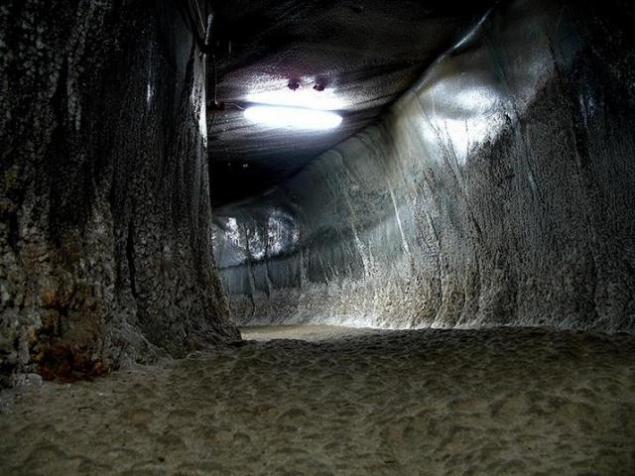
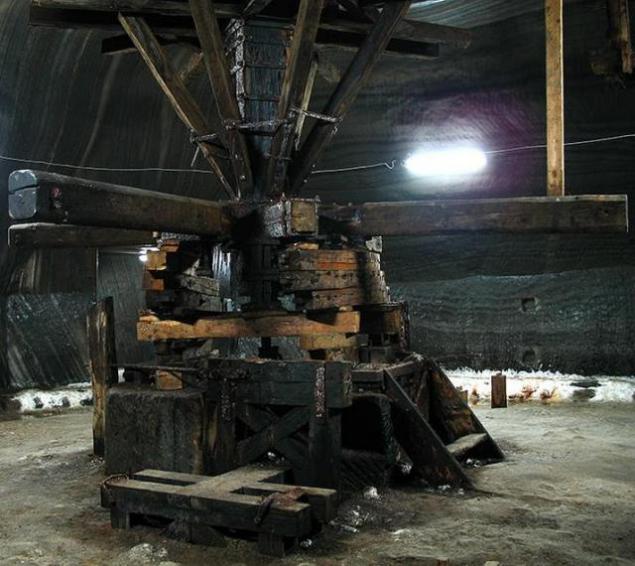
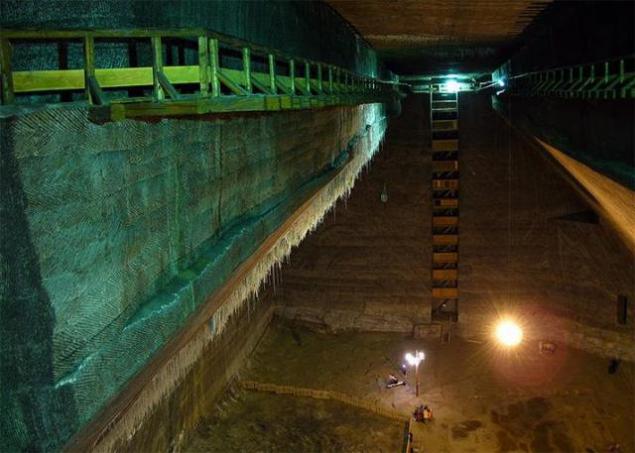
In the closed mine has long tunnels and deep, naturally occurring depression. Excavators dug a huge pit, which could accommodate three ten-house. Marius said: "Inside you can play football, and there you can enter the bus».
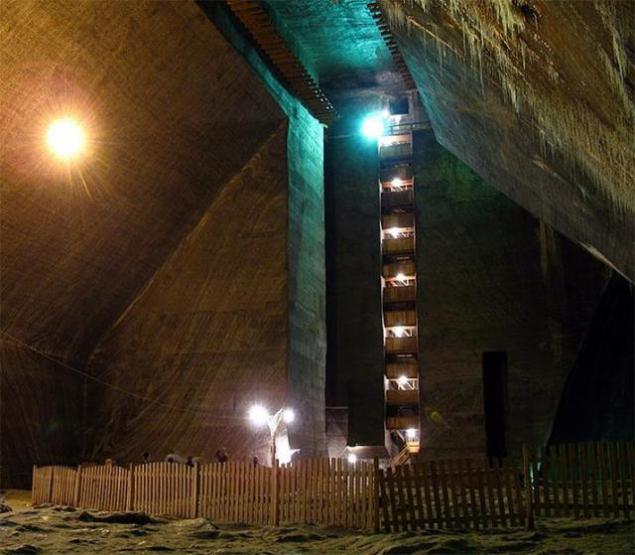
The secret Soviet submarine base under the ground
The complex is 825 (built between 1957 and 1961.) - A huge system of tunnels filled with water. This place was once a secretive base for nuclear submarines of the Soviet Union. Before the secret that the whole city around it was classified and simply wiped off the map.
For 10 kilometers east of Sevastopol, the Black Sea coast, the city of Balaklava was closed before the collapse of the Soviet Union, and even the members of the families living there required special permission to enter. After the collapse of the Soviet Union remained a working framework only until 1993, and in 1996 it left the last submarine. Today the place is open to visitors, but much is hidden from prying eyes, and probably keeps a lot more secrets than we might assume.
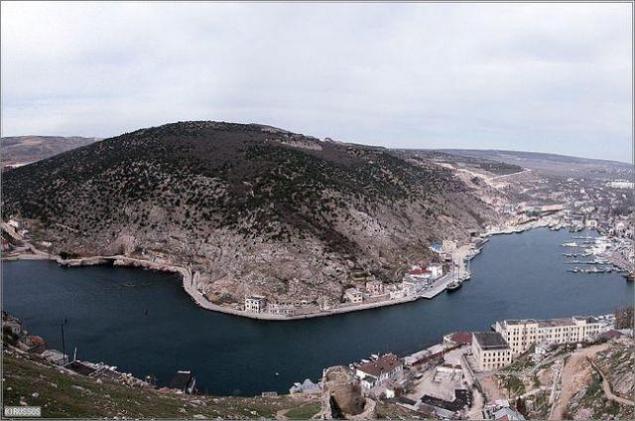
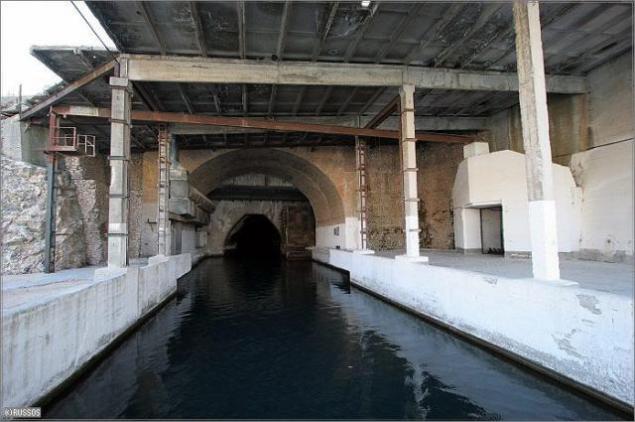
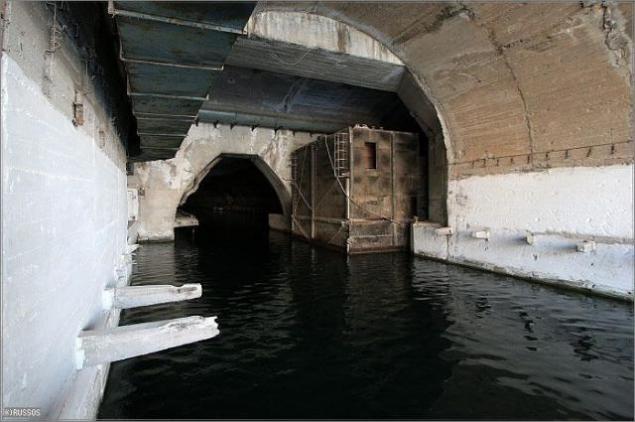
Built at a depth of 126 meters under the ground, 825 project also served as a refuge for three thousand people in the event of nuclear war; plus it could accommodate nine submarines at the same time; the length of an underground tunnel - half a kilometer, reaches a depth of 9 meters.
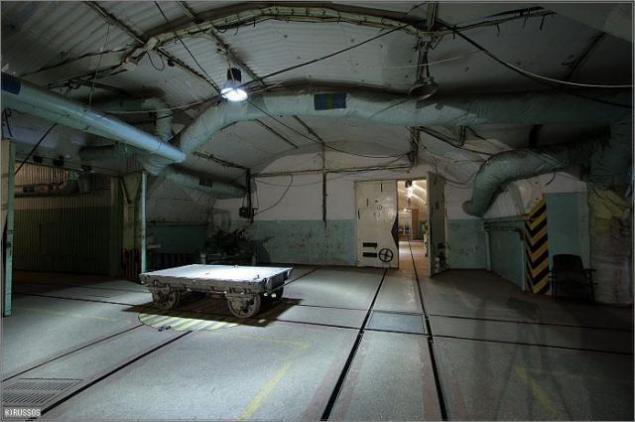
The cart, shown in this photo used for the transport of nuclear bombs in the download section. Next picture - the "holy of holies" - storage room of nuclear weapons. Note the strong door (weighing 16 tons each):
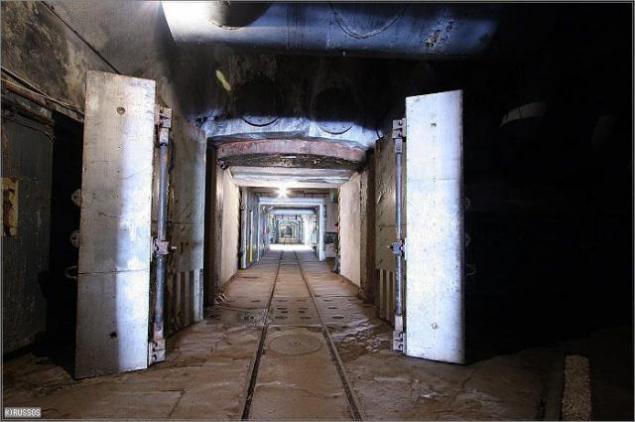
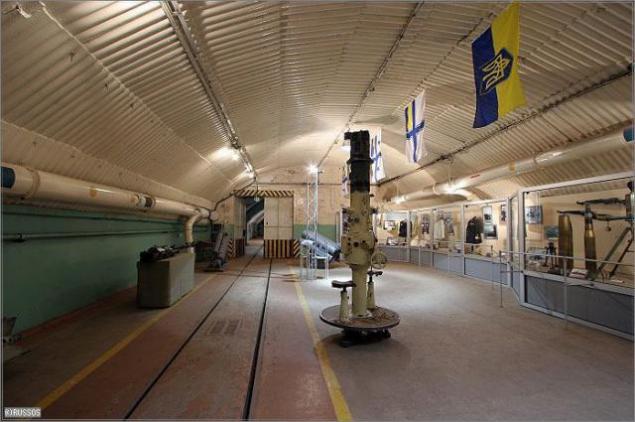

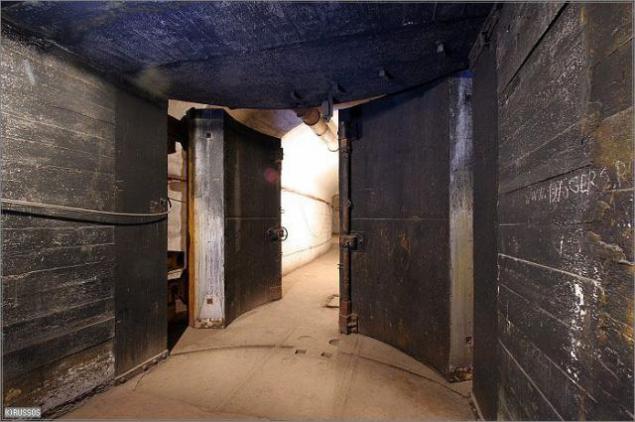
Entering an underwater channel:
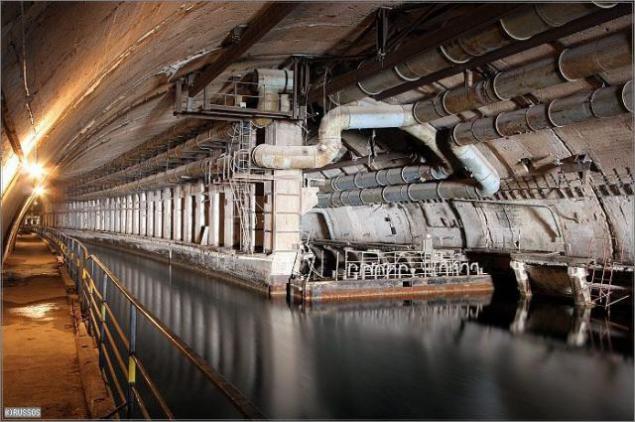
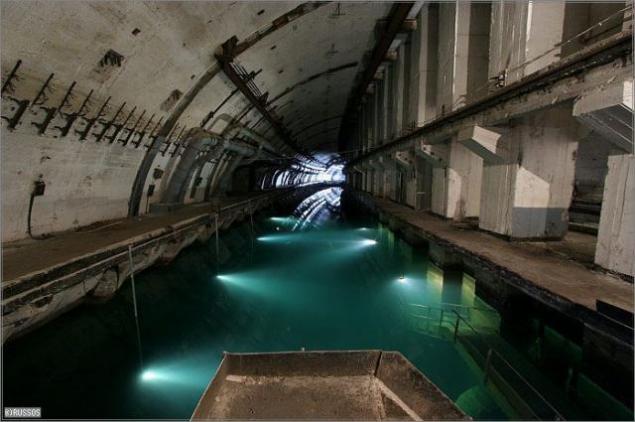
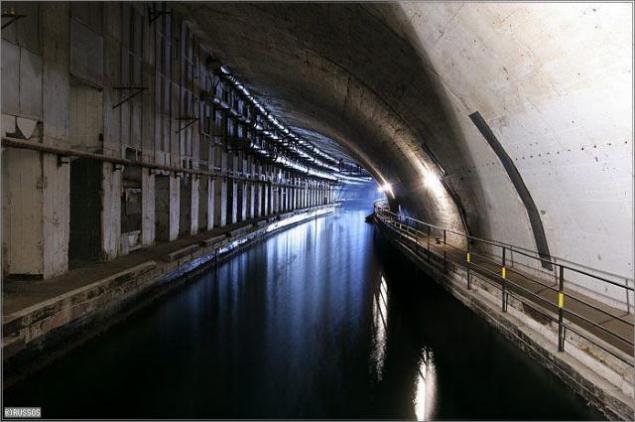
Storage room for fuel for submarines:
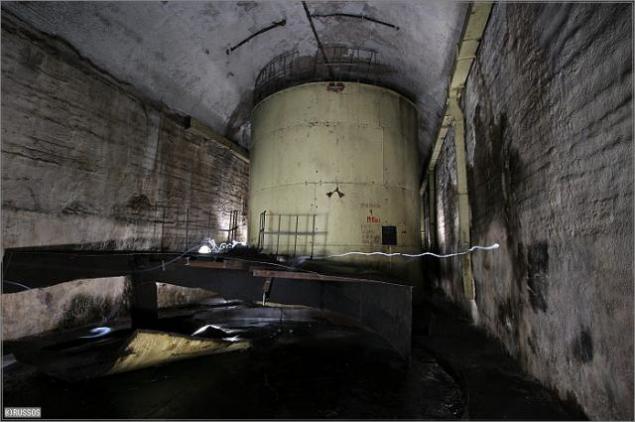
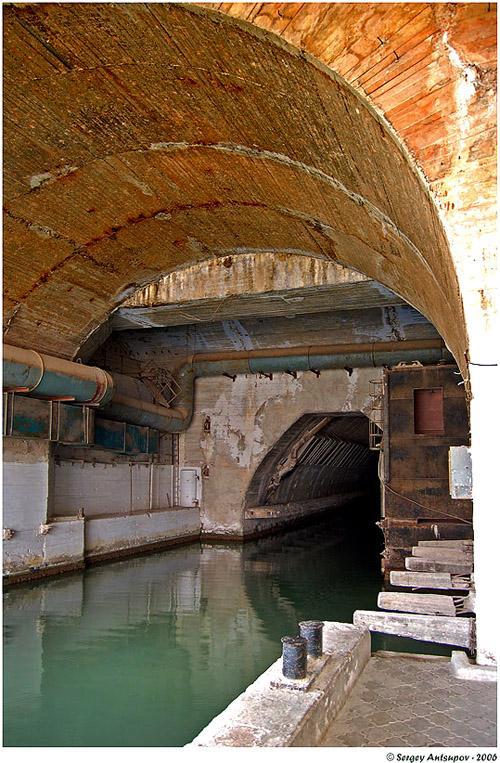
Abandoned Underground Cincinnati
In America, there are also abandoned underground structures.
All stations and the structure of the unfinished underground transit system built in the period between 1920 and 1925. 7 miles of tunnels, bridges and stations were abandoned at the end of the construction, the road did not open, and the passengers did not manage to ride on the train.
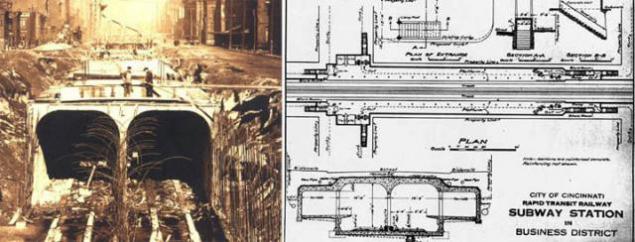
Three underground stations still exist, but the above-ground buildings have been demolished, but were barely visible entrances to the huge underground area.
One of these inputs:

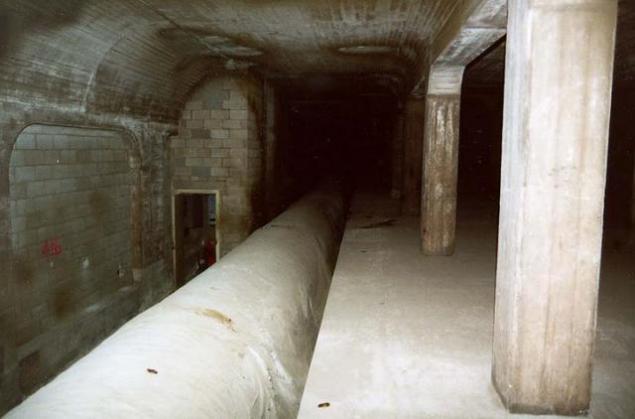

Map hidden subway lines:

A similar system of tunnels (built in the 70's) passes under the center of the city of Calgary in Canada. Construction stopped for financial reasons. In Calgary, there are several doors leading to the tunnels, wide enough to accommodate traffic jams at rush hour ...
G-CANS: water system
Tokyo This system is designed to "prevent the overflow of the main waterway of the city and river in the rain during the typhoon season».
The brainchild of "Japan Institute of Technology and the research of wastewater» (JIWET) - installation, consisting of five holes, each of which - 32 meters in diameter and 65 meters deep, interconnected 64 miles of tunnels at a depth of 50 meters under the ground. The system is driven by a turbine capacity of 14 thousand horsepower, which can pump out 200 tons of water per second into the nearest river.
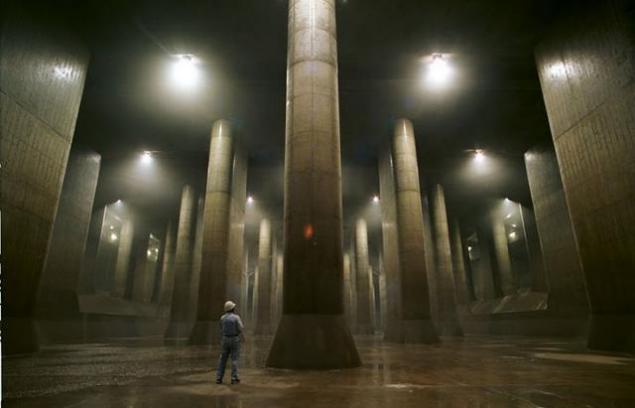
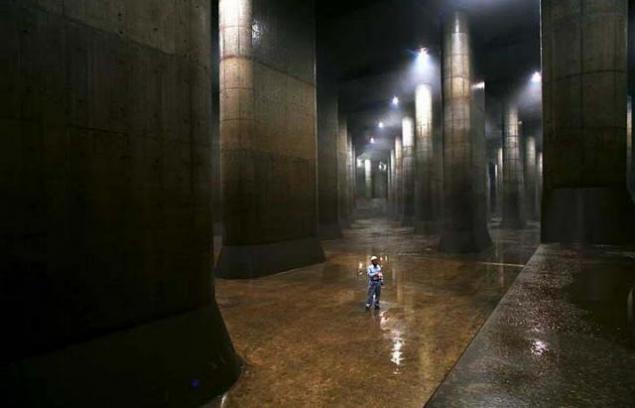
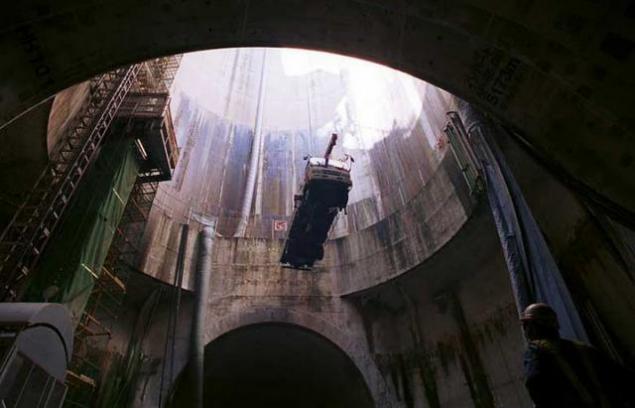
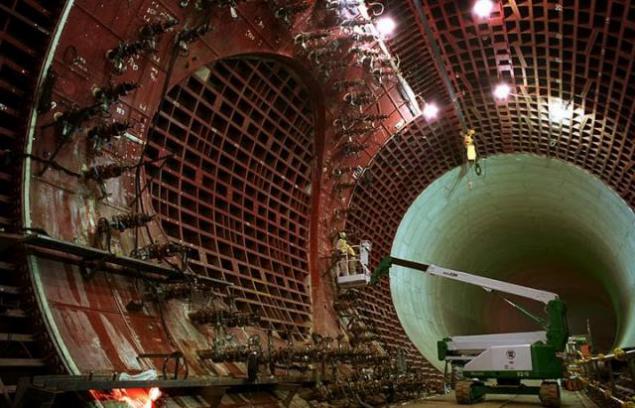
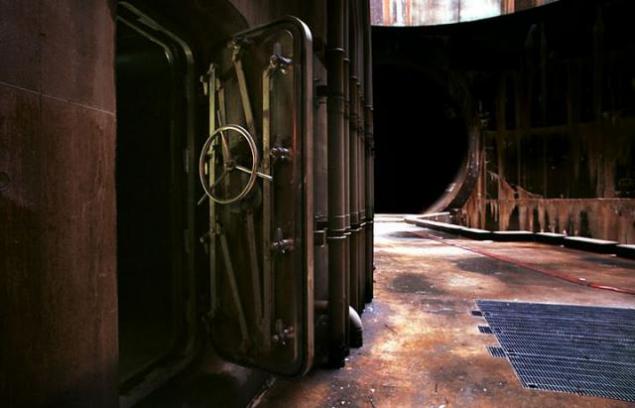
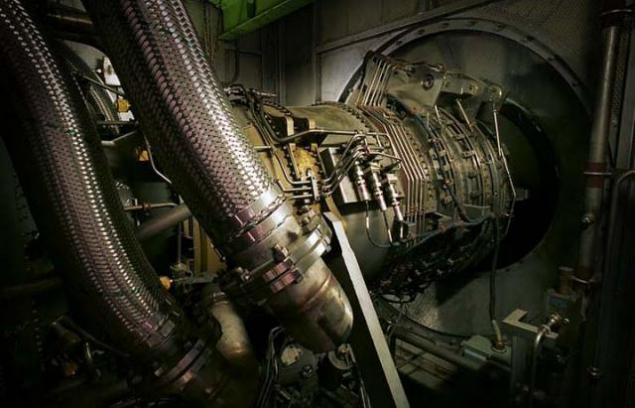
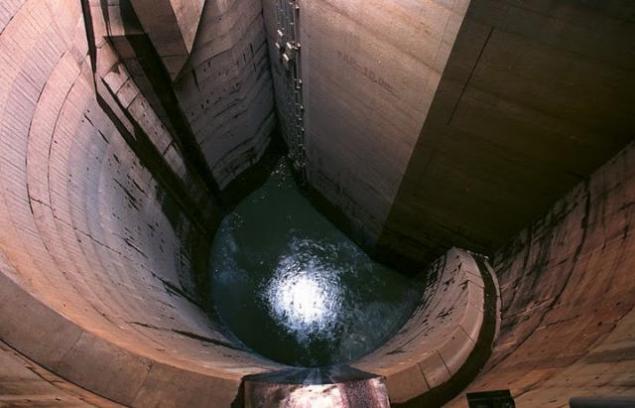
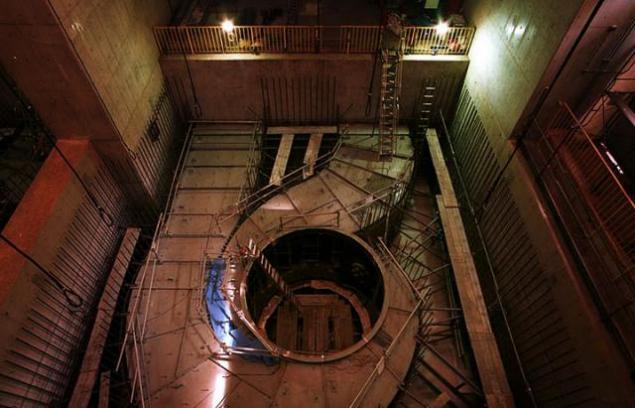
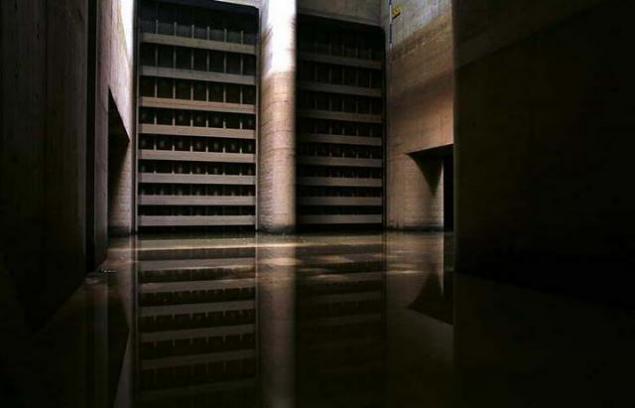
Abandoned salt mine, Romania
We'll start with the Romanian city of Cluj. The pictures were taken inside the closed Marius R. Salt Mine "Turda".




In the closed mine has long tunnels and deep, naturally occurring depression. Excavators dug a huge pit, which could accommodate three ten-house. Marius said: "Inside you can play football, and there you can enter the bus».

The secret Soviet submarine base under the ground
The complex is 825 (built between 1957 and 1961.) - A huge system of tunnels filled with water. This place was once a secretive base for nuclear submarines of the Soviet Union. Before the secret that the whole city around it was classified and simply wiped off the map.
For 10 kilometers east of Sevastopol, the Black Sea coast, the city of Balaklava was closed before the collapse of the Soviet Union, and even the members of the families living there required special permission to enter. After the collapse of the Soviet Union remained a working framework only until 1993, and in 1996 it left the last submarine. Today the place is open to visitors, but much is hidden from prying eyes, and probably keeps a lot more secrets than we might assume.



Built at a depth of 126 meters under the ground, 825 project also served as a refuge for three thousand people in the event of nuclear war; plus it could accommodate nine submarines at the same time; the length of an underground tunnel - half a kilometer, reaches a depth of 9 meters.

The cart, shown in this photo used for the transport of nuclear bombs in the download section. Next picture - the "holy of holies" - storage room of nuclear weapons. Note the strong door (weighing 16 tons each):




Entering an underwater channel:



Storage room for fuel for submarines:


Abandoned Underground Cincinnati
In America, there are also abandoned underground structures.
All stations and the structure of the unfinished underground transit system built in the period between 1920 and 1925. 7 miles of tunnels, bridges and stations were abandoned at the end of the construction, the road did not open, and the passengers did not manage to ride on the train.

Three underground stations still exist, but the above-ground buildings have been demolished, but were barely visible entrances to the huge underground area.
One of these inputs:



Map hidden subway lines:

A similar system of tunnels (built in the 70's) passes under the center of the city of Calgary in Canada. Construction stopped for financial reasons. In Calgary, there are several doors leading to the tunnels, wide enough to accommodate traffic jams at rush hour ...
G-CANS: water system
Tokyo This system is designed to "prevent the overflow of the main waterway of the city and river in the rain during the typhoon season».
The brainchild of "Japan Institute of Technology and the research of wastewater» (JIWET) - installation, consisting of five holes, each of which - 32 meters in diameter and 65 meters deep, interconnected 64 miles of tunnels at a depth of 50 meters under the ground. The system is driven by a turbine capacity of 14 thousand horsepower, which can pump out 200 tons of water per second into the nearest river.









